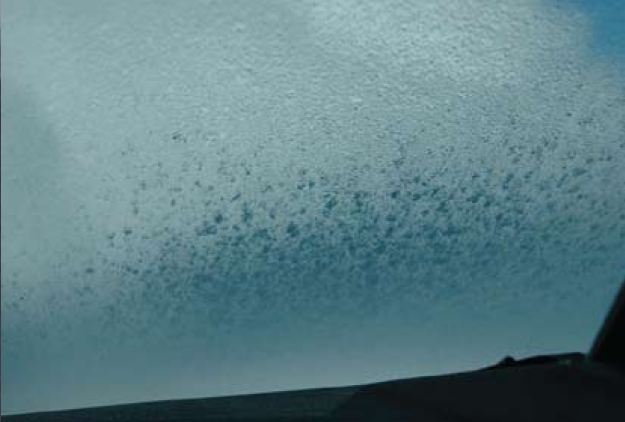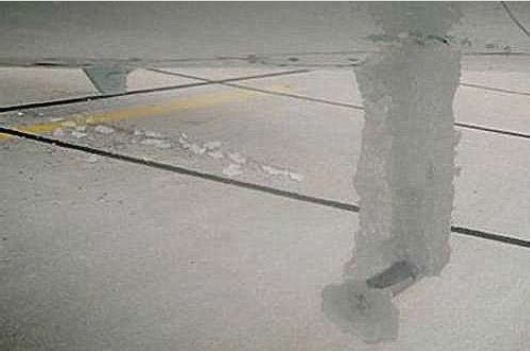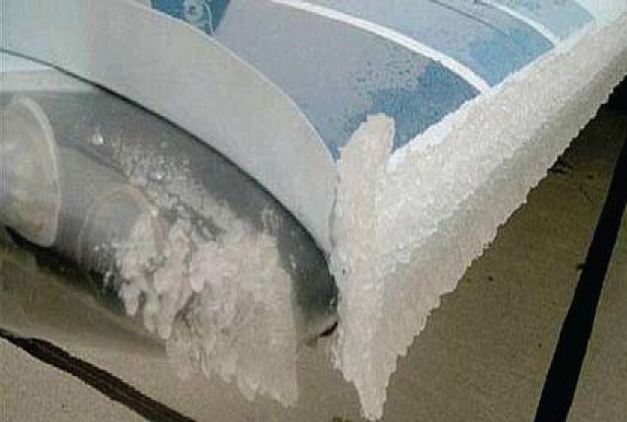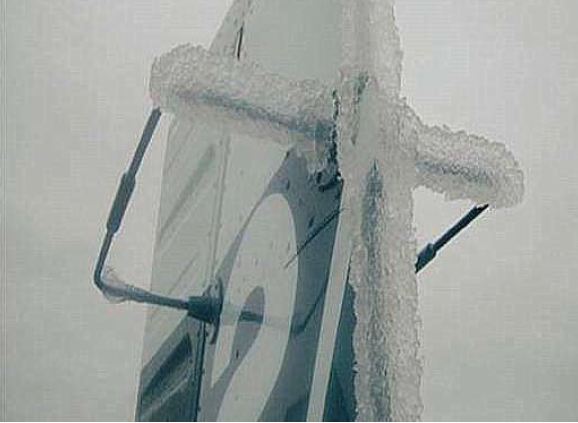By Bruce Jaeger
MAPA Safety Foundation, Board Member
(Previously published in MAPA Log, Dec. 2009)
The first signs of winter in a cold part of the country bring concerns to any pilot. Though performance is delightful, ice and snow are hazards that can change a typical flight into a nightmare. If you’ve been there, you know exactly what I mean.
Imagine you’re flying on an instrument flight plan barely on top of an overcast at 10,000 feet. The area forecasts warn of ice and pilot reports confirm it, but you decide to take off anyway. The cloud tops are forcing you higher in your non-turbocharged Mooney and good alternates are far away. An update of your destination weather reports a miserable 600 feet overcast, 1 mile and moderate snow. Your pulse rate increases while you consider the options. The weather behind was better, but fuel and distance is also a problem. You now think “How you could I have been so foolish to not turn back sooner?”
The cloud tops force you higher and you receive a block altitude clearance of 12,000 to 14,000 feet and what’s ahead doesn’t look any better. You don’t have oxygen and the legality of this flight weighs heavily on your mind. You think no meeting is this important and you’re thankful no one else was able to go along.
Your best choice has become the nearest airport with a long runway, approach control and an ILS. You request a change in destination and thank goodness you find the charts. Finally at 14,000 feet and 30 miles out, the airport center turns you over to approach control. You ask for the current weather and pilot reports. Ceiling is 600 feet and visibility 1 mile with moderate snow and there are reports of light to moderate mixed ice. Approach asks if you have deicing equipment and you respond with negative. At this point you need help and aren’t afraid to ask for it. You request a non-restricted descent and vectors to join the final. Approach obliges and is aware of your situation.
As you enter tops of the clouds at 12,400 feet, you’re shocked at how fast the windshield ices over – but you shouldn‘t be surprised at a temperature of -8 Celsius. Your attention turns to the wing, which is already picking up significant ice. 
You’re finally turned over to the tower and cleared to land with visibility down to 1/2 mile. You’re relieved that the glideslope is finally indicating and wonder just how much ice is on the tail. It takes a lot of power to hold 110 knots. You recall hearing that flaps would be a problem in a situation like this and leave them up. You decide to delay extending the gear until the ground is in sight. Two miles from the airport you finally have a glimpse of the ground, but not the runway. Maybe a little turn to the side will help you see out the corner of the windshield. The defroster is worthless. You extend the gear and are planning to make no power change until you’re on the ground, but how are you going to see to land? Finally you pick up a flashing approach light and catch a glimpse of the runway. You choose 100 knots of airspeed, power is still at 20 inches and you’ll have to look out the side to stay on the runway. There’s no way to practice this maneuver. You were lucky and made a successful landing and promise yourself never again. How could anyone have been so foolish?
I can still remember the 1996 approach into Springfield, Ill., that prompted this story. Cold weather is unforgiving. Ice crystals in your fuel can shut down an engine, taxiing in snow or slush can freeze your brakes, carbon monoxide can pose a threat and an icy runway can test your skill. How can those northern Mooney pilots survive?
Nearly 40 years of winter Minnesota flying has taught me the importance of saying no. A flight decision is based on the forecasts, pilot reports, the performance and deicing equipment for your model Mooney, available alternates, your experience and compliance with regulations. Your decision can’t be based on the need to be somewhere else. If topping the weather requires turbocharged performance, you must absolutely consider the destination approach in your go-no-go decision. Induction ice can be another significant factor.
Consider these factors in preparing a Mooney for cold weather operations:
- Assure service is up-to-date with winter grade oil, fluid lines in proper condition, exhaust checked, and alternate air and carburetor heat systems working normally.
- Use an approved isopropyl alcohol fuel additive.
- Preheat when below freezing and check your breather tube for ice.
- Winterize oil coolers.
- Fly your Mooney regularly and long enough to keep moisture buildup from causing rust.
- Be certain engine temperatures are warm enough to accept takeoff power.
- Assure all deicing equipment is working normally.
- Dress for winter and carry blankets or other cold weather gear to increase cabin comfort.
Flying a general aviation aircraft safely requires skill and conservative decision making in any weather condition — but cold weather makes it even more critical. Far too many icing accidents involve experienced, well-qualified pilots who received weather briefings and willingly flew into such conditions.
Recent changes to FAA regulations have given pilots more control adding more responsibility. For example, here ‘s one interpretation of the FAA‘s latest rule:
“Whether a pilot has operated into known icing conditions contrary to any limitation will depend upon the total information available to the pilot, and his or her proper analysis of that information in evaluating the risk of encountering known icing conditions during a particular operation. The pilot should consider factors such as the route of flight, flight altitude, and time of flight when making such an evaluation.”
This latest “known ice” interpretation is evidence of the fact that the FAA is beginning to treat pilots more as responsible adults than as children. This, of course, places a far greater burden upon pilots to know and understand the intricate world of wintertime flying.





